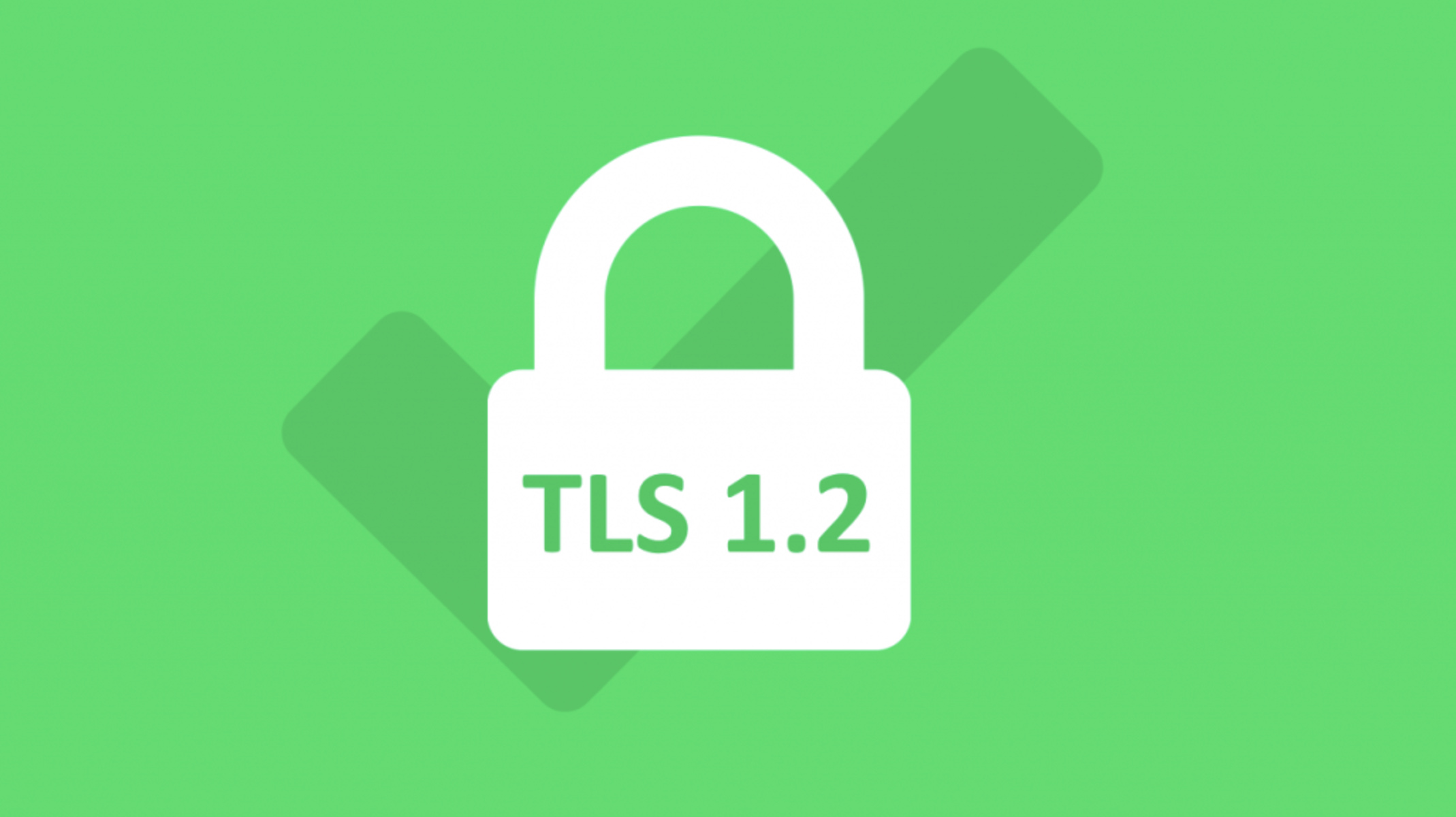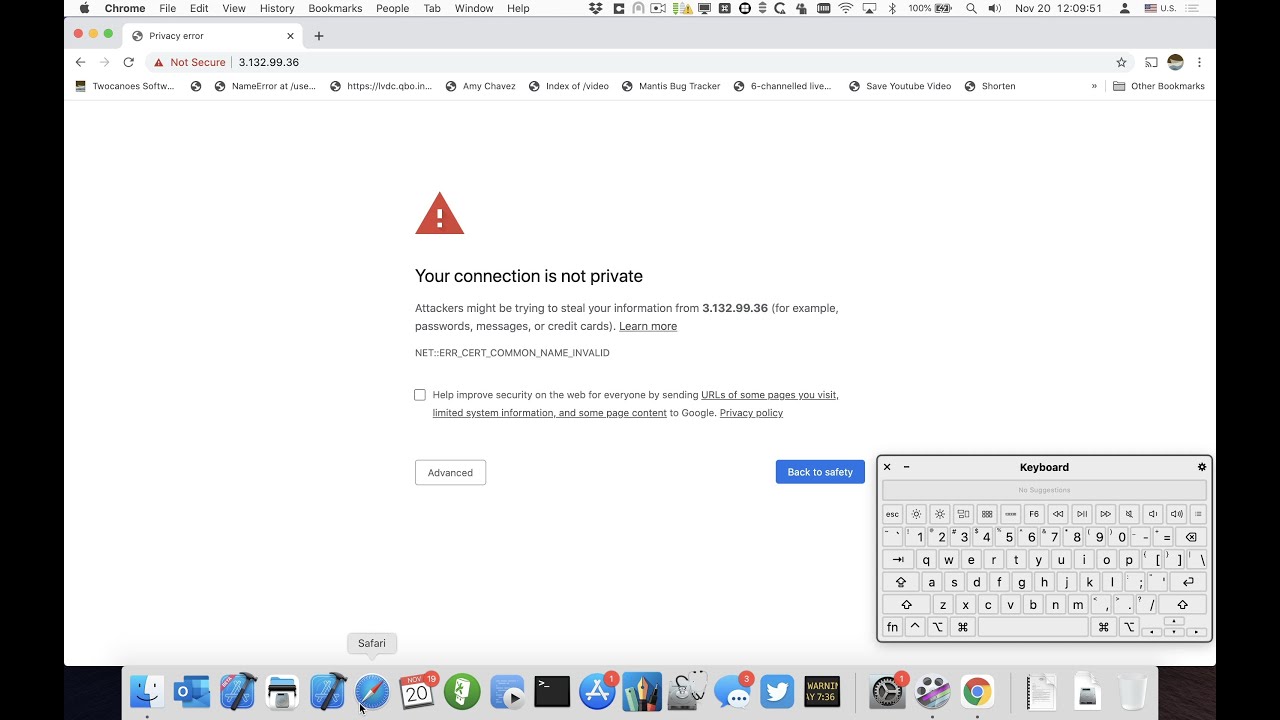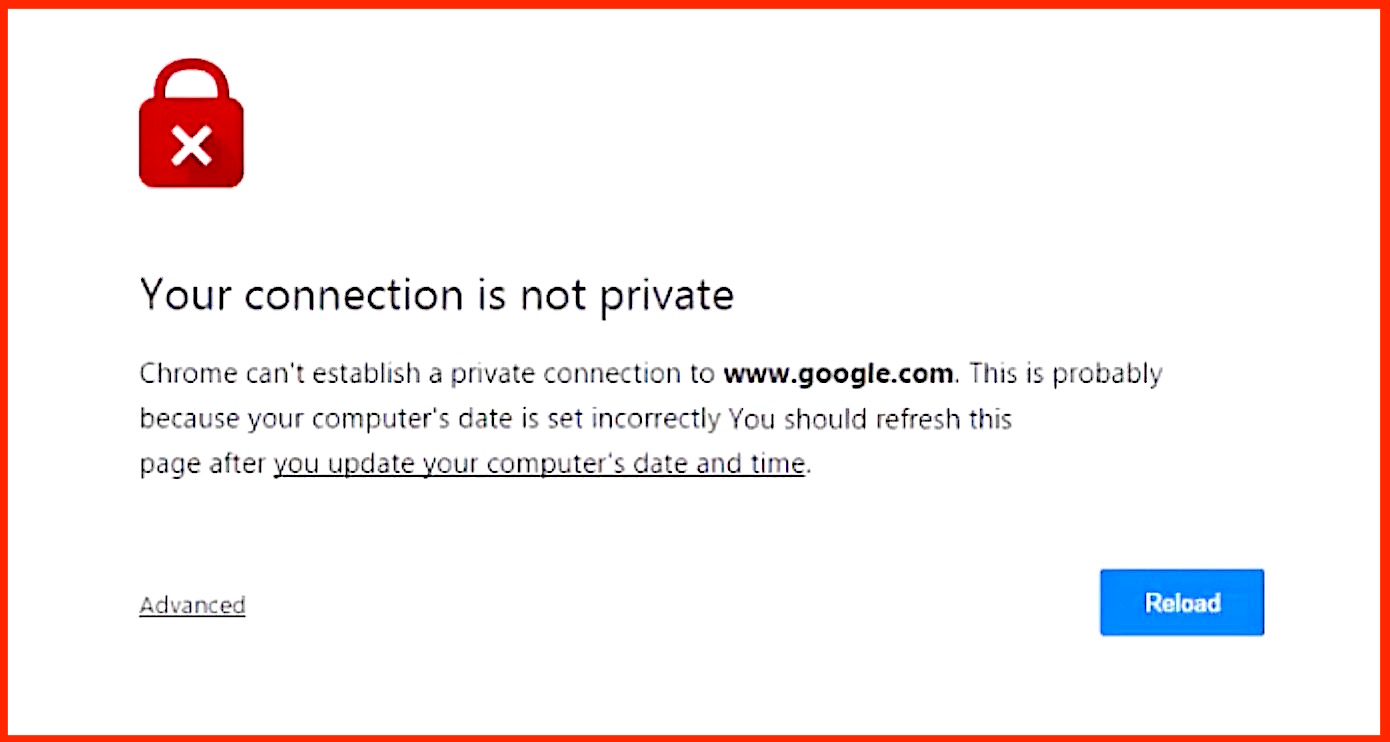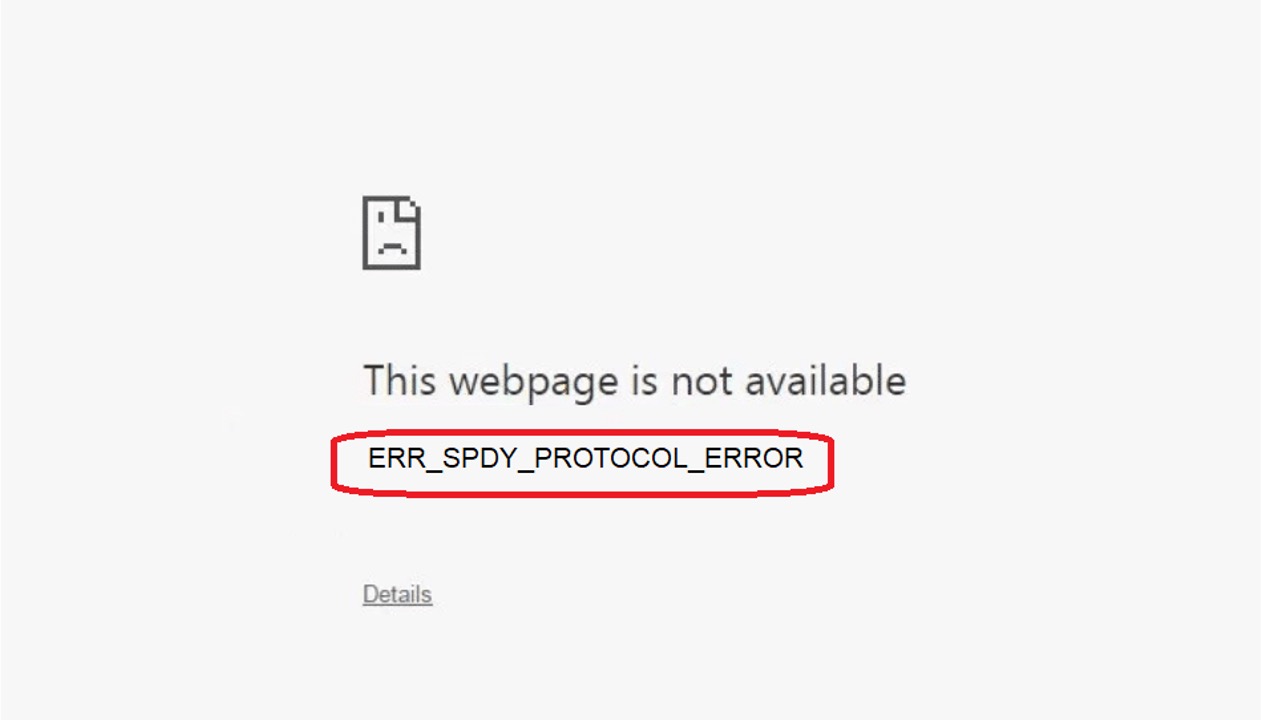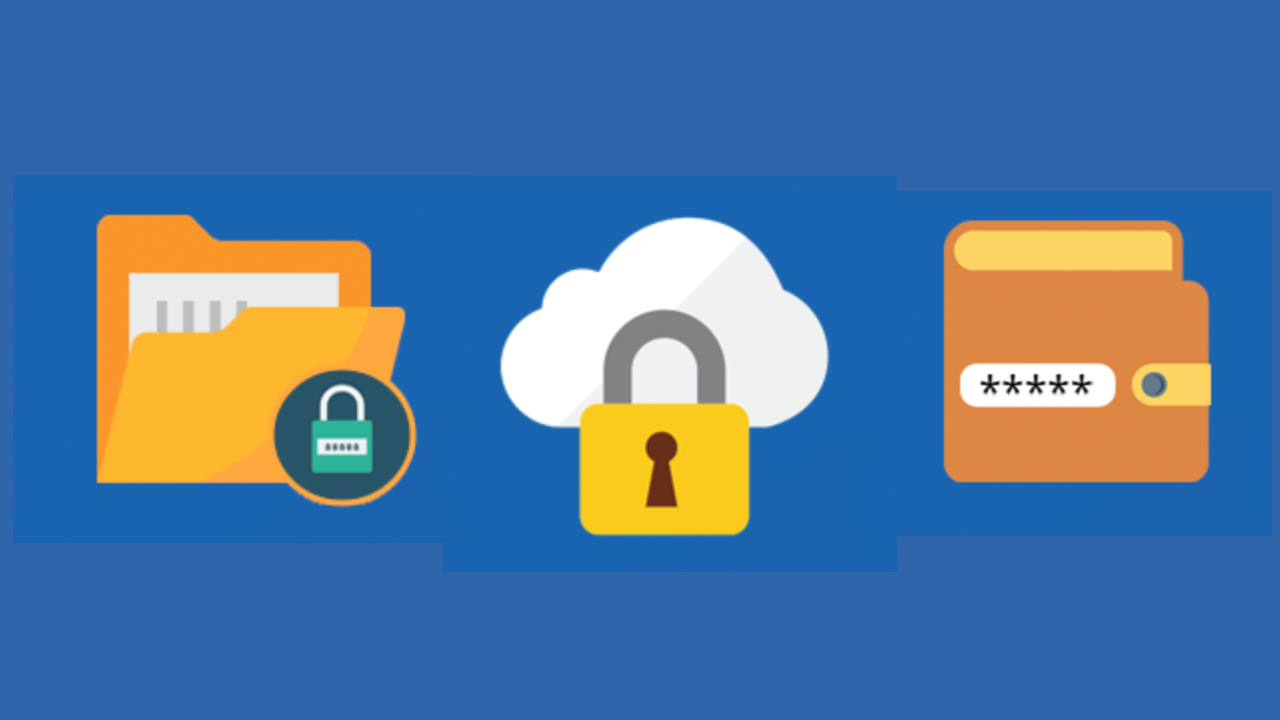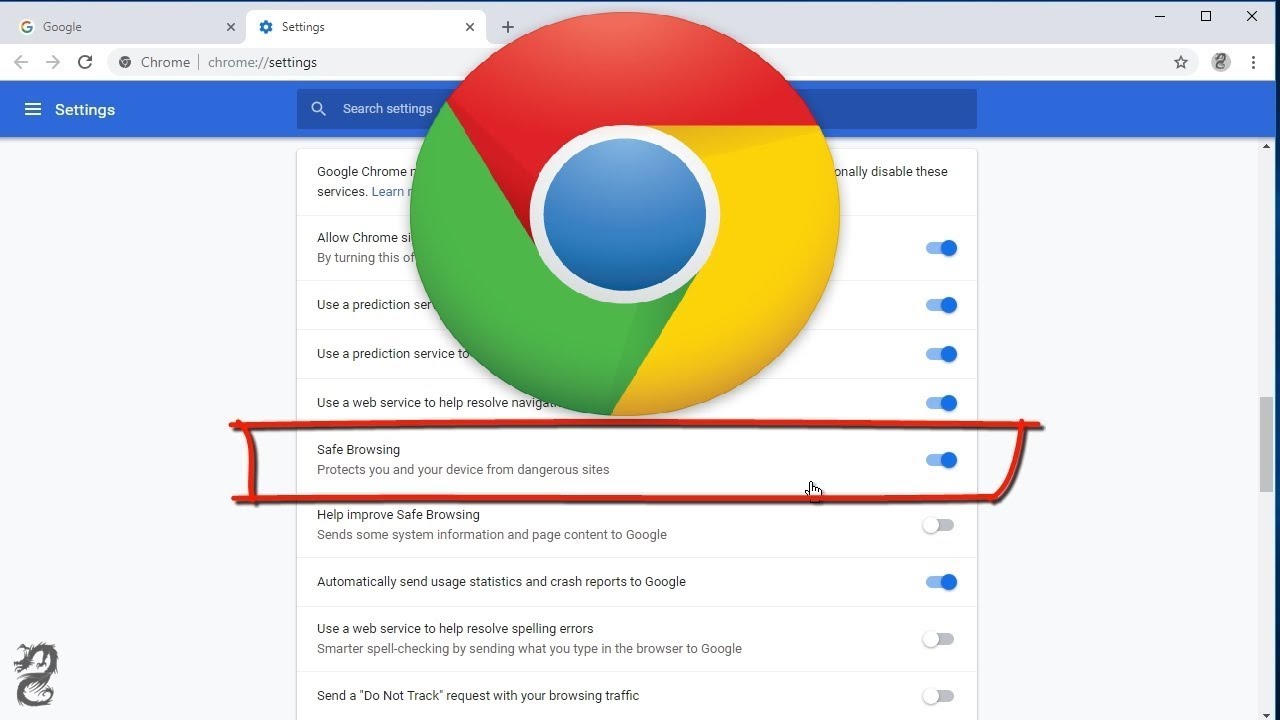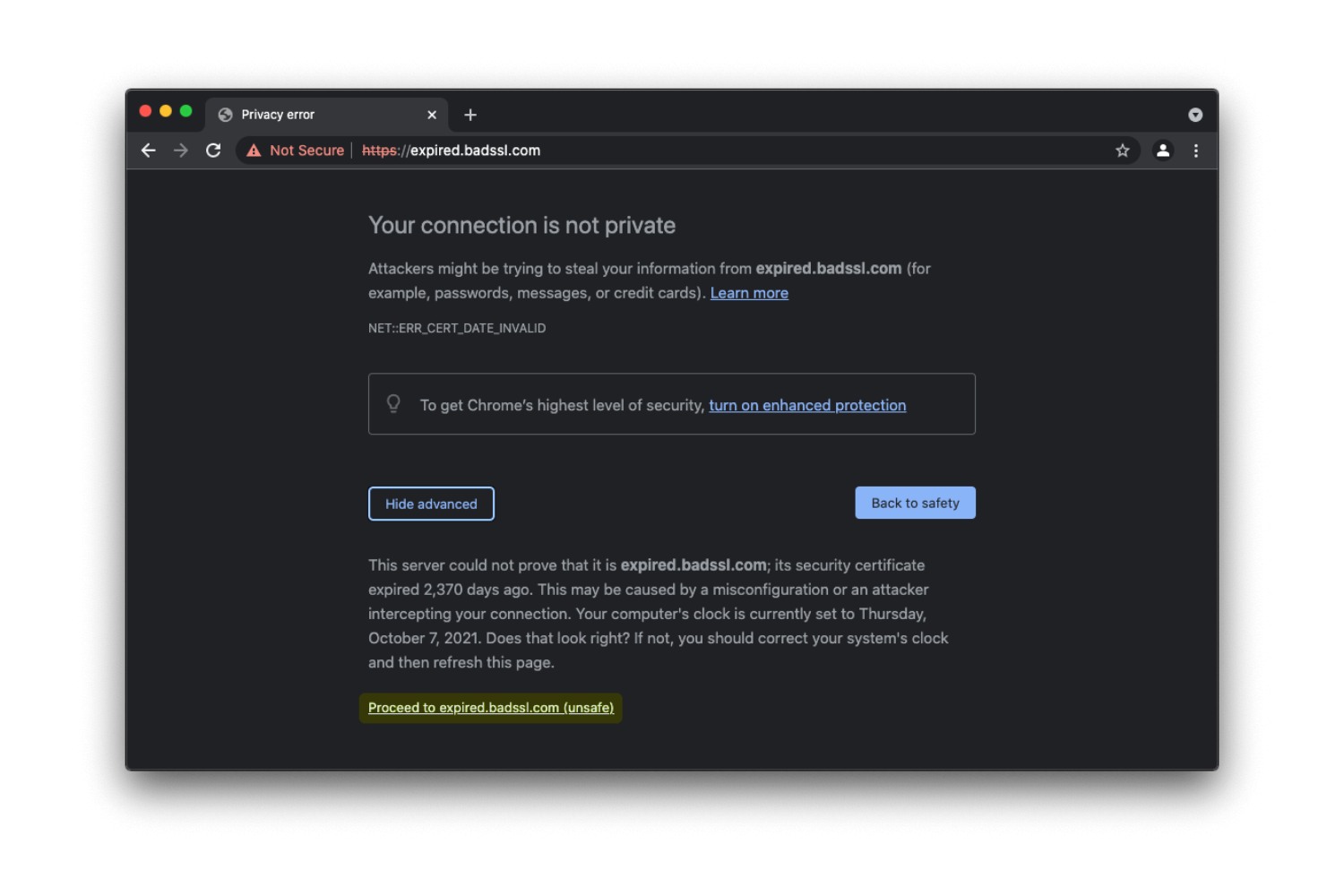Introduction
In today's digital age, web browsers have become an integral part of our daily lives, serving as gateways to a vast array of online content and services. Chrome, one of the most popular web browsers, constantly evolves to meet the ever-changing demands of internet users. As technology advances, so does the need for enhanced security measures to protect sensitive data and ensure secure communication over the internet.
One crucial aspect of web security is the implementation of robust encryption protocols, and Transport Layer Security (TLS) stands at the forefront of this endeavor. TLS 1.2, in particular, is a widely adopted and highly secure protocol that provides a strong foundation for secure communication between web clients and servers.
In this article, we will delve into the significance of TLS 1.2 and explore the steps to enable it in Chrome. By understanding the importance of TLS 1.2 and learning how to enable it in Chrome, users can enhance their browsing experience while ensuring a higher level of security for their online activities.
As we embark on this journey, it's important to grasp the fundamental concepts of TLS 1.2 and its relevance in the context of web security. Additionally, we will uncover the reasons why enabling TLS 1.2 in Chrome is essential for safeguarding sensitive data and maintaining a secure browsing environment. Let's embark on this enlightening exploration of TLS 1.2 and its integration with the Chrome browser, empowering users to take control of their online security and privacy.
What is TLS 1.2?
Transport Layer Security (TLS) 1.2 is a cryptographic protocol that ensures secure communication over computer networks, particularly the internet. It represents a significant advancement in the realm of secure data transmission, offering robust encryption and authentication mechanisms to protect sensitive information from unauthorized access and tampering.
At its core, TLS 1.2 establishes a secure connection between a web client, such as a browser, and a server, enabling the encrypted exchange of data. This protocol plays a pivotal role in safeguarding various types of online communication, including web browsing, email transmission, instant messaging, and more.
TLS 1.2 incorporates several key features that contribute to its robust security posture. One of the primary elements is its support for strong cryptographic algorithms, including advanced encryption standards (AES) and secure hash algorithms such as SHA-256. These algorithms form the foundation of the encryption and integrity checks performed during data transmission, ensuring that information remains confidential and unaltered during transit.
Furthermore, TLS 1.2 introduces enhancements in the realm of secure key exchange mechanisms, enabling the negotiation of cryptographic parameters between the client and server to establish a secure connection. This facilitates the generation of session keys that are used to encrypt and decrypt data, bolstering the overall security of the communication channel.
In addition to encryption and key exchange, TLS 1.2 incorporates robust mechanisms for server authentication, allowing clients to verify the identity of the server they are communicating with. This authentication process helps mitigate the risks associated with man-in-the-middle attacks and ensures that clients can trust the integrity of the server they are interacting with.
Overall, TLS 1.2 represents a significant milestone in the evolution of secure communication protocols, offering a comprehensive suite of security features to protect data in transit. Its widespread adoption and proven track record make it a cornerstone of secure internet communication, serving as a critical component in safeguarding the confidentiality, integrity, and authenticity of online data exchanges.
Why Enable TLS 1.2 in Chrome?
Enabling TLS 1.2 in Chrome is paramount for ensuring a secure and resilient browsing experience. As the internet landscape continues to evolve, the need for robust security measures becomes increasingly critical. By enabling TLS 1.2 in Chrome, users can benefit from the following compelling reasons:
-
Enhanced Security: TLS 1.2 offers advanced cryptographic algorithms and key exchange mechanisms, providing a higher level of security compared to earlier versions. By enabling TLS 1.2, Chrome users can fortify their browser's ability to establish secure connections with websites, mitigating the risk of unauthorized access and data interception.
-
Regulatory Compliance: Many regulatory standards and industry best practices mandate the use of TLS 1.2 or higher for secure data transmission. Enabling TLS 1.2 in Chrome ensures compliance with these standards, which is crucial for organizations and individuals handling sensitive data, such as financial information, personal details, and confidential communications.
-
Protection Against Vulnerabilities: TLS 1.2 addresses known vulnerabilities present in earlier versions, offering improved resistance against potential exploits and security weaknesses. By enabling TLS 1.2, Chrome users can proactively safeguard themselves against emerging threats and vulnerabilities, thereby reducing the risk of unauthorized data exposure and privacy breaches.
-
Future-Proofing: As technology advances, older encryption protocols become susceptible to security flaws and may no longer provide adequate protection. Enabling TLS 1.2 in Chrome future-proofs the browser against evolving security challenges, ensuring that users can leverage the latest advancements in secure communication protocols to safeguard their online activities.
-
Compatibility with Secure Websites: Many modern websites and web services require the use of TLS 1.2 or higher to establish secure connections. By enabling TLS 1.2 in Chrome, users can seamlessly access and interact with a wide range of secure websites, ensuring a smooth and secure browsing experience without encountering compatibility issues.
In essence, enabling TLS 1.2 in Chrome is a proactive step towards reinforcing the security posture of the browser and enhancing the overall protection of online communications. By embracing TLS 1.2, Chrome users can navigate the internet with greater confidence, knowing that their data remains shielded from unauthorized access and interception, thereby fostering a safer and more secure browsing environment.
Checking TLS 1.2 Support in Chrome
Before enabling TLS 1.2 in Chrome, it is essential to verify whether the browser supports this advanced security protocol. Checking TLS 1.2 support in Chrome involves navigating through the browser's settings and inspecting the underlying configuration to ensure that TLS 1.2 is appropriately enabled. Here's a detailed guide on how to perform this crucial verification:
-
Accessing Chrome Settings: Begin by launching the Chrome browser on your computer or device. Once the browser is open, click on the three-dot menu icon located in the top-right corner of the window. From the dropdown menu, select "Settings" to access the browser's configuration options.
-
Navigating to Security Settings: Within the Chrome Settings menu, scroll down and click on "Advanced" to reveal additional configuration options. Then, locate and click on "Privacy and security" in the expanded menu to access the browser's security settings.
-
Inspecting Security Protocols: Under the "Privacy and security" section, look for the "Security" category, which contains the relevant security protocols and settings. Here, you will find the "Security" subsection, which includes the option to manage the browser's security protocols and encryption settings.
-
Verifying TLS 1.2 Support: Within the security settings, locate the section related to "Security protocols" or "Encryption," where the supported TLS versions are listed. Look for an option that allows you to view or manage the supported TLS versions, including TLS 1.2. Ensure that TLS 1.2 is enabled or set to the recommended configuration to confirm its support in Chrome.
-
Additional Considerations: It's important to note that the exact location and labeling of security settings may vary slightly based on the specific version of Chrome and the operating system. If you encounter any difficulties locating the TLS 1.2 support settings, consider referring to the official Chrome documentation or support resources for detailed guidance.
By following these steps, users can effectively check the TLS 1.2 support in Chrome, ensuring that the browser is equipped to establish secure connections using this advanced protocol. This verification process serves as a crucial preparatory step before proceeding to enable TLS 1.2, allowing users to confirm the browser's readiness to leverage enhanced security measures for their online activities.
Enabling TLS 1.2 in Chrome
Enabling TLS 1.2 in Chrome is a straightforward process that empowers users to harness the advanced security capabilities offered by this robust protocol. By configuring Chrome to utilize TLS 1.2 for secure communication, users can bolster the browser's ability to establish encrypted connections with websites and web services, enhancing the overall security of their online interactions.
To enable TLS 1.2 in Chrome, users can follow these step-by-step instructions:
-
Accessing Chrome Settings: Begin by launching the Chrome browser on your computer or device. Once the browser is open, click on the three-dot menu icon located in the top-right corner of the window. From the dropdown menu, select "Settings" to access the browser's configuration options.
-
Navigating to Security Settings: Within the Chrome Settings menu, scroll down and click on "Advanced" to reveal additional configuration options. Then, locate and click on "Privacy and security" in the expanded menu to access the browser's security settings.
-
Managing Security Protocols: Under the "Privacy and security" section, navigate to the "Security" category, which contains the relevant security protocols and settings. Look for the "Security" subsection, which includes the option to manage the browser's security protocols and encryption settings.
-
Enabling TLS 1.2: Within the security settings, locate the section related to "Security protocols" or "Encryption," where the supported TLS versions are listed. Look for an option that allows you to enable or manage the supported TLS versions, including TLS 1.2. Toggle the corresponding setting to enable TLS 1.2, ensuring that the browser prioritizes this advanced protocol for secure connections.
-
Verifying the Configuration: After enabling TLS 1.2, it's advisable to verify the updated configuration to ensure that the changes have been successfully applied. Users can visit websites that require secure connections and inspect the browser's security indicators to confirm the utilization of TLS 1.2 for encrypted communication.
By following these steps, users can seamlessly enable TLS 1.2 in Chrome, empowering the browser to leverage the enhanced security features offered by this protocol. Once TLS 1.2 is enabled, Chrome users can navigate the internet with greater confidence, knowing that their online interactions are fortified by robust encryption and secure communication channels.
This proactive approach to enabling TLS 1.2 in Chrome aligns with best practices for enhancing online security, allowing users to take control of their browsing environment and fortify their defenses against potential security threats and vulnerabilities.
Verifying TLS 1.2 Connection in Chrome
After enabling TLS 1.2 in Chrome, it is essential to verify the successful establishment of secure connections using this advanced protocol. Verifying the TLS 1.2 connection in Chrome allows users to confirm that the browser is effectively utilizing the enhanced security features provided by this protocol when communicating with websites and web services.
To verify the TLS 1.2 connection in Chrome, users can follow these steps:
-
Visiting Secure Websites: Navigate to websites that require secure connections, such as e-commerce platforms, banking portals, or reputable online services. These websites typically utilize TLS 1.2 or higher to ensure the secure transmission of sensitive data, such as login credentials, financial information, and personal details.
-
Inspecting Security Indicators: Upon visiting a secure website, observe the browser's address bar for security indicators. Look for the presence of a padlock icon, the "https://" protocol in the website's URL, or other visual cues that signify a secure connection. These indicators signal that the website is employing TLS encryption to protect the data exchanged between the user's browser and the web server.
-
Viewing Certificate Details: Users can delve deeper into the security aspects of the connection by examining the website's SSL/TLS certificate. By clicking on the padlock icon or the secure site indicator in the address bar, users can access the certificate details, including the encryption protocol and the validity of the certificate. This allows for a more comprehensive verification of the TLS 1.2 connection and the associated security measures.
-
Browser Console Inspection: For advanced users and developers, Chrome's developer tools offer insights into the technical aspects of secure connections. By accessing the browser's developer console and network tab, users can inspect the details of the SSL/TLS handshake, including the negotiated protocol version, cipher suite, and other pertinent information. This provides a granular view of the TLS 1.2 connection establishment process.
-
Testing Across Multiple Websites: To ensure comprehensive verification, it is advisable to test the TLS 1.2 connection across multiple secure websites. This approach allows users to confirm that the browser consistently utilizes TLS 1.2 for secure communication, thereby validating the global application of the enhanced security protocol.
By following these steps, users can effectively verify the TLS 1.2 connection in Chrome, ensuring that the browser successfully leverages this advanced protocol to establish secure and encrypted communications with a diverse range of websites and online services. This verification process serves as a crucial validation of the browser's adherence to best security practices, empowering users to navigate the internet with confidence and assurance in the robustness of their secure connections.
Conclusion
In conclusion, the integration of TLS 1.2 into the Chrome browser represents a pivotal step towards enhancing online security and fortifying the resilience of web communications. By embracing TLS 1.2, users can harness the advanced cryptographic capabilities and robust security features offered by this protocol, thereby fostering a safer and more secure browsing environment.
Enabling TLS 1.2 in Chrome is not merely a technical configuration; it embodies a proactive stance towards safeguarding sensitive data, protecting privacy, and mitigating the risks associated with unauthorized access and data interception. The significance of TLS 1.2 extends beyond the realm of encryption protocols, encompassing a broader commitment to ensuring the integrity and confidentiality of online interactions.
By enabling TLS 1.2 in Chrome, users can navigate the internet with greater confidence, knowing that their browser is equipped to establish secure connections with websites and web services that prioritize robust encryption and data protection. This proactive approach aligns with best practices for online security, empowering users to take control of their browsing environment and fortify their defenses against potential security threats and vulnerabilities.
Furthermore, the adoption of TLS 1.2 in Chrome aligns with industry standards and regulatory requirements, ensuring compliance with security protocols that are essential for handling sensitive data and maintaining the trust of users. As the digital landscape continues to evolve, the implementation of TLS 1.2 serves as a strategic investment in the long-term security and resilience of web communications, future-proofing the browser against emerging security challenges.
In essence, the integration of TLS 1.2 in Chrome embodies a commitment to prioritizing security and privacy in the digital realm. By enabling this advanced protocol, users can embrace a browsing experience that is fortified by robust encryption, secure communication channels, and a steadfast dedication to safeguarding the confidentiality and integrity of online data exchanges. As technology advances and security threats evolve, the adoption of TLS 1.2 in Chrome stands as a testament to the browser's unwavering commitment to delivering a secure, resilient, and trustworthy platform for users worldwide.







